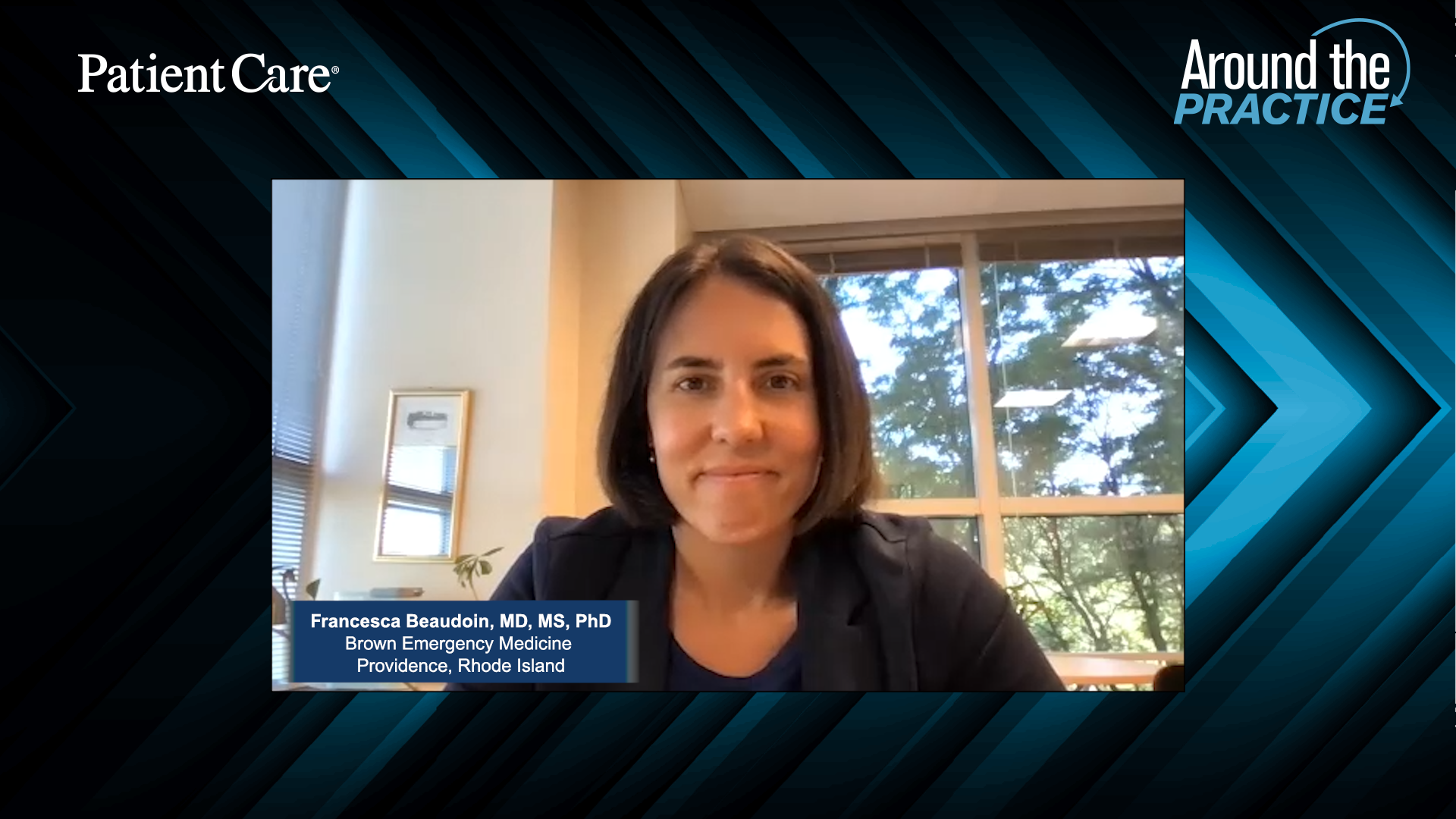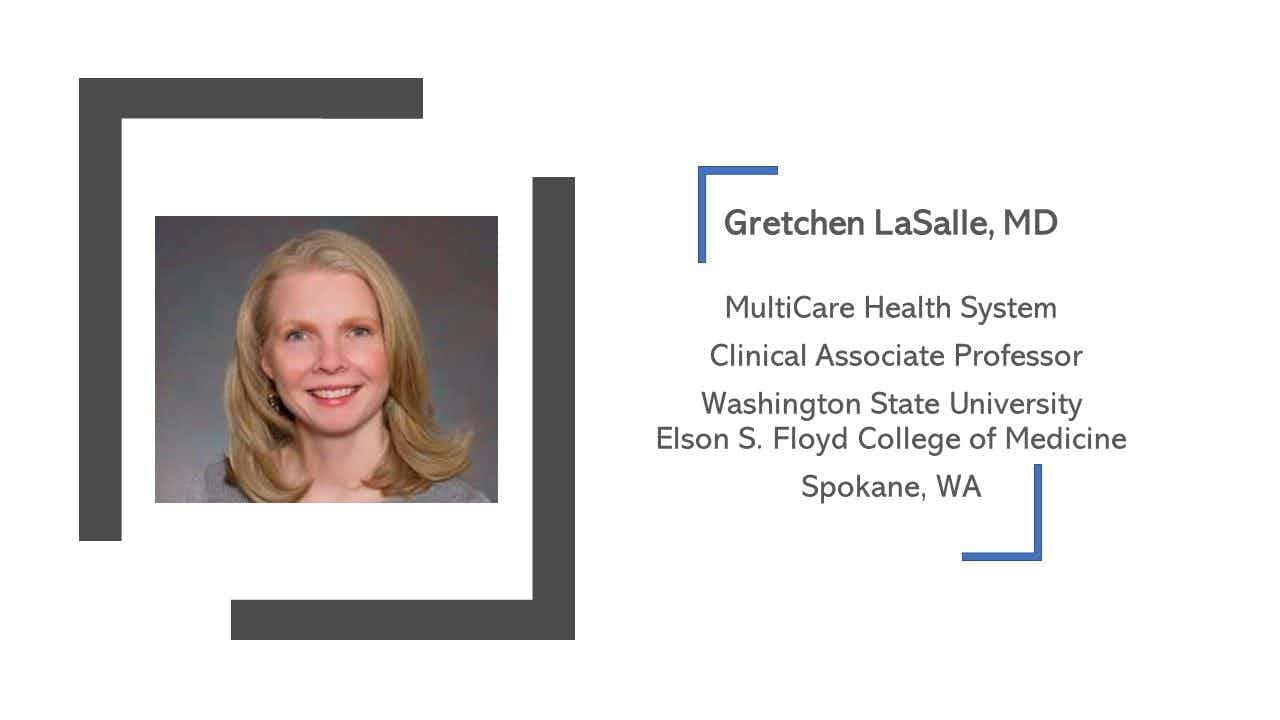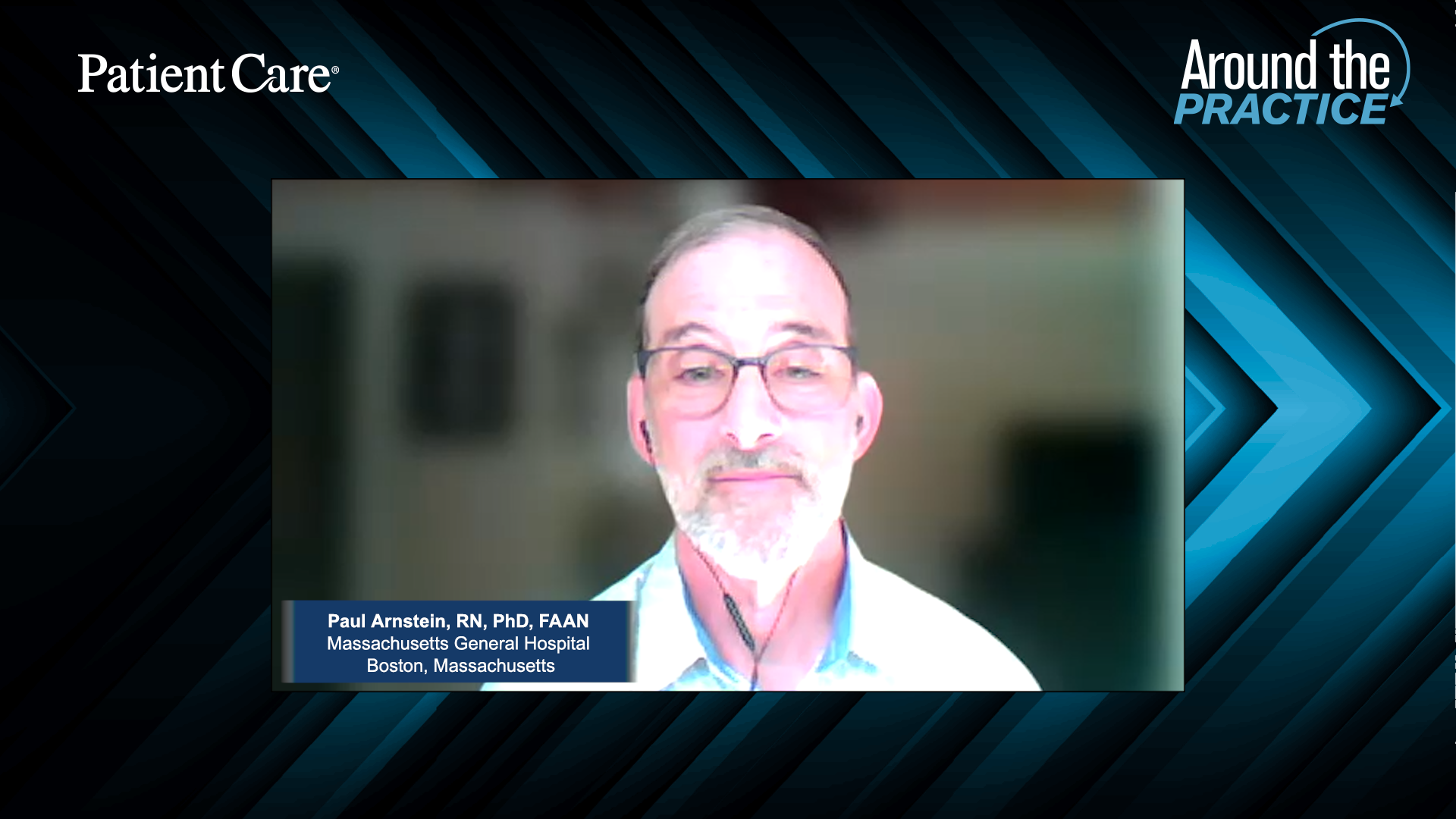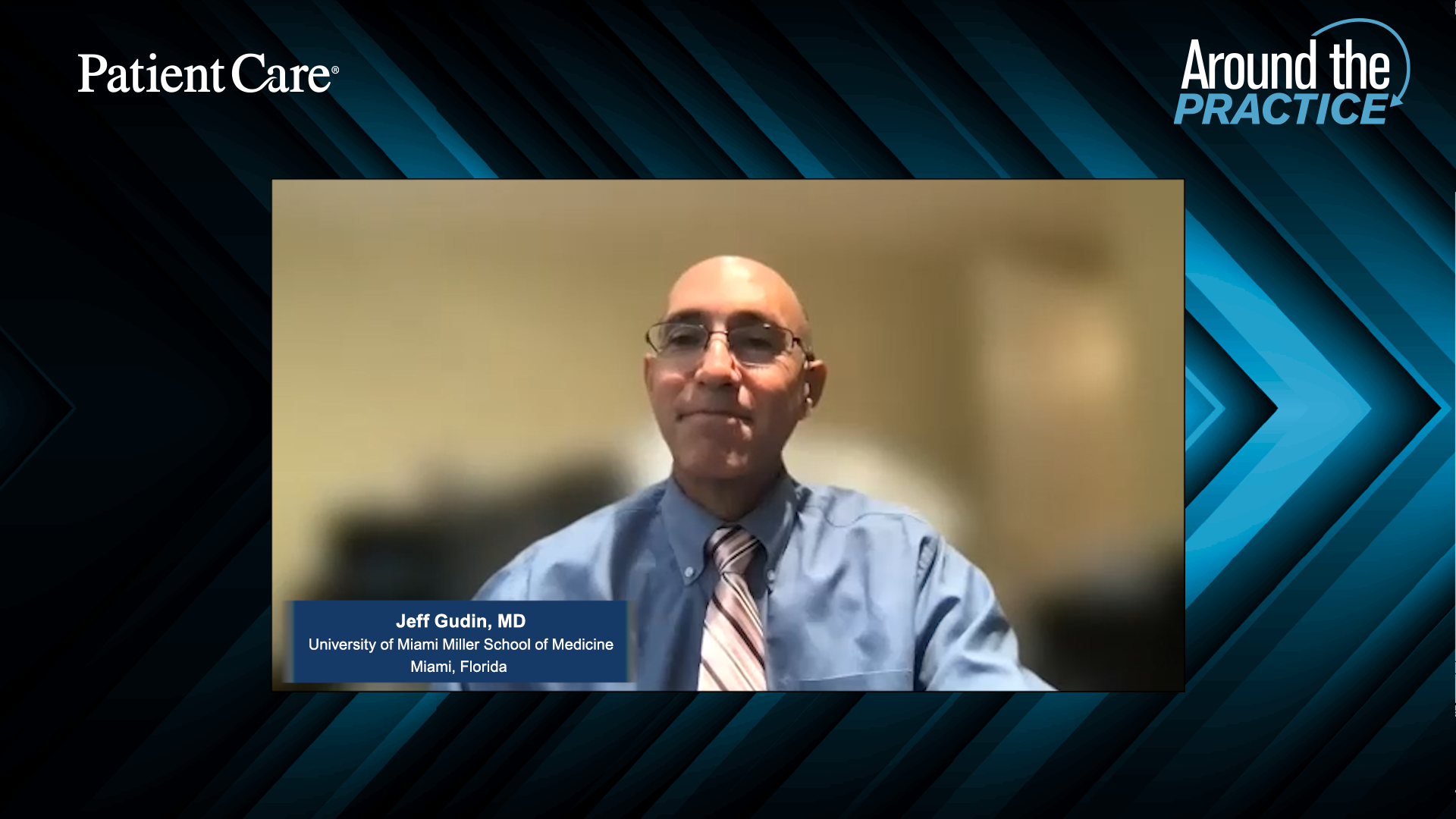Finding Logjams in the Cascade of HIV/AIDS Care
(AUDIO) HIV-positive status is hardly a death sentence today, yet too many patients in the US do not complete the continuum of care from diagnosis to completion of antiretroviral therapy. AIDS specialist Katerina Chrstopoulos MD examines the barriers along the cascade of care, and suggests solutions.

Why do so many HIV-positive patients fall through the cracks of the medical system in the United States? An influential 2011 article1 described the "cascade of care" that any patient must complete, from HIV screening through virus-free status, for treatment to be considered a success.
The cascade has become a mantra for the HIV treatment community, and finding and clearing the barriers along the cascade of care is an important mandate.
In this brief podcast, Katerina Chrisopoulos MD describes her research into the reasons why Americans infected with HIV, particularly the young and African-Americans, remain unaware of their status and untreated. She also addresses how physicians and researchers can help to resolve some of these remaining obstacles to conquering AIDS.
Dr. Christopoulos is Assistant Professor of Medicine at the University of California-San Francisco's Division of HIV/AIDS at San Francisco General Hospital.
Key quotes:
"Among persons with HIV who are 13 to 24 years of age, only 40% are aware of their status and even fewer, about 30%, are linked to care and treatment."
"Some of the barriers facing youth are ... having unstable housing, using drugs, potentially being in abusive relationships ... but youth have some specific challenges related to their stage in life."
"There's been at least one study that's shown African Americans are less likely to be prescribed ART by their providers ... I think that the patient-provider relationship can be a really key factor to overcoming some beliefs and feelings about HIV care."
"Even though the steps of the continuum are analyzed as discrete points, it's really the same individual that's moving through these points, and I think we need to understand how that journey happens and how each step can influence subsequent steps. So if someone has a bad testing experience, they're less likely to be linked to care ..."
Finding Logjams in the Cascade of HIV/AIDS Care
REFERENCES:
1. Gardner EM, McLees MP, Steiner JF et al.HIV Cascade of Care: The Spectrum of Engagement in HIV Care and its Relevance to Test-and-Treat Strategies for Prevention of HIV Infection Clin Infect Dis. (2011) 52:793-800
2. Hall HI, Frazier EL, Rhodes P et al Differences in Human Immunodeficiency Virus Care and Treatment Among Subpopulations in the United StatesJAMA Intern Med. (2013) 173(14):1337-1344
3. Christopoulos KA, Massey AD, Lopez AM et al.Taking a half day at a time:" patient perspectives and the HIV engagement in care continuum.AIDS Patient Care STDS. (2013) 27(4):223-230
4. Mugavero MJ, Amico KR, Horn T, Thompson MA. The State of Engagement in HIV Care in the United States: From Cascade to Continuum to Control.Clin Infect Dis (2013) Jun 23. [Epub ahead of print]





